 The AIP Executive is seeking enthusiastic members to join our leadership team. We’re looking to fill the roles of:
The AIP Executive is seeking enthusiastic members to join our leadership team. We’re looking to fill the roles of:
- Honorary National Secretary
- Two Special Project Officers
The Honorary Secretary helps guide the AIP’s strategic direction and is a company Director of the AIP. Supported by our Operations Manager, who oversees day-to-day tasks such as membership queries, this role involves coordinating executive and branch meetings including the annual Council meeting and Annual General Meeting (AGM), managing governance reporting, and liaising with key partners such as STA, AAS, IUPAP and AAPPS. Whilst the Secretary role does not have a constitutionally limited tenure, it is expected that secretaries will usually perform this role for around 2-3 years.
The Special Project Officers (SPOs) take on focused portfolios. We’re especially keen to hear from members passionate about physics policy, advocacy, and outreach, but people generally interested in the AIP and its work are also welcome to apply. SPOs are tasked with proactively advocating for physics as a discipline and responding to developments of concern such as recent university department cuts and declining physics enrolments.
If you’d like to make a difference and help shape the future of physics in Australia, we’d love to hear from you!
Submit your nomination or expression of interest (with a brief statement about your background and motivation) to executive@aip.org.au by COB Monday 8 December.
The AIP Executive

